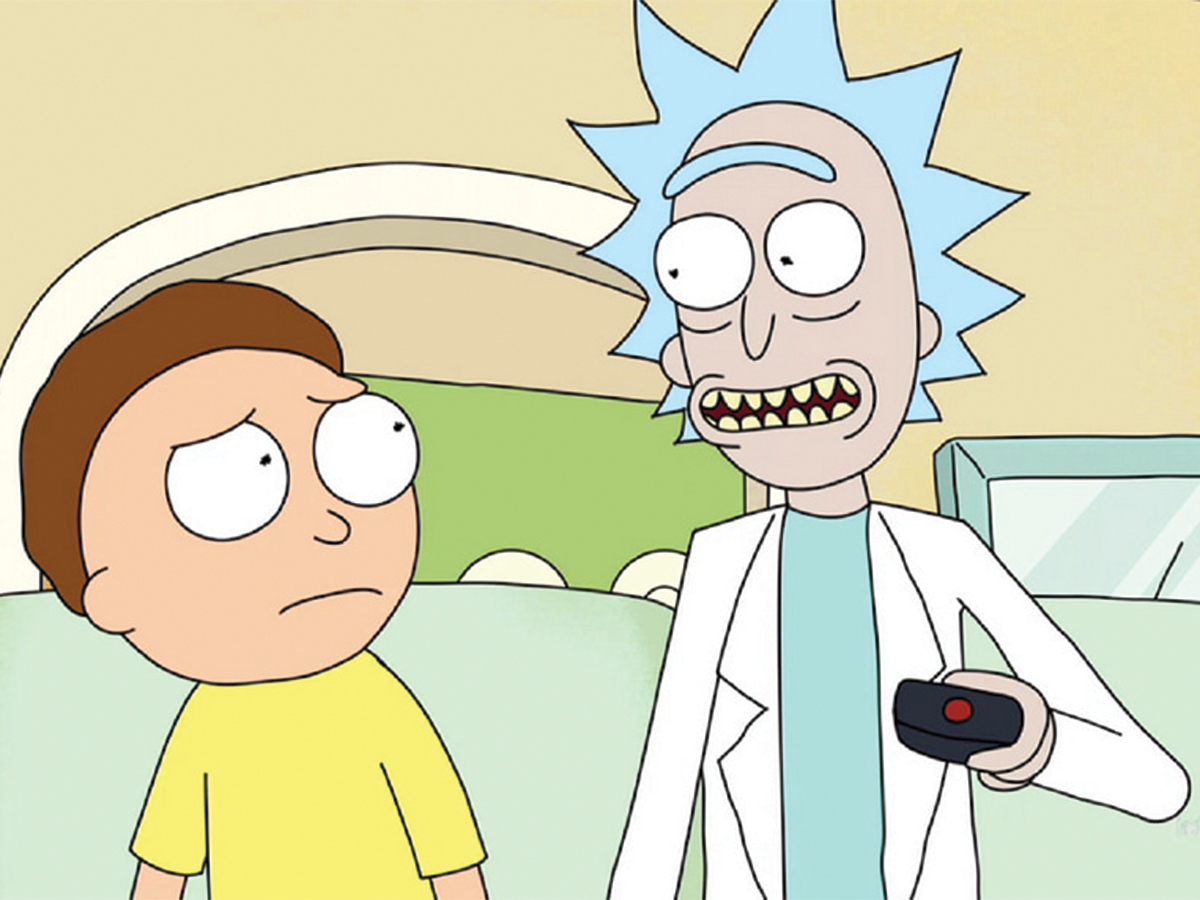
Throughout the latter half of 2017, “Rick and Morty” was inescapable from conversations. With the third season in full swing and a fanbase that only grew with each episode, it became Adult Swim’s highest rated show while also claiming the title of television’s No. 1 comedy. All things considered, it’s no surprise that the show has been renewed for 70 episodes, once again drawing it into the public eye and conversation.
Of course, it’s near impossible to talk about the series without someone bringing up the fanbase, which became a bit of a meme in itself after more than a few cringe-worthy videos were circulated online. Toward the middle of Season 3, many felt the show simply wasn’t the same, and claimed that an annoying fanbase had ruined what was otherwise a good show. However, this simply isn’t the case. Every popular franchise, from “Star Wars” to Marvel and DC, has bad fans, which stems from the massive popularity of these brands. This is not to say that all fan bases are toxic — each is filled with a loud and vocal minority. To say that this loud and vocal minority ruined the experience for everyone is ridiculous. The fanbase didn’t make Season 3 — TV shows are written and animated months in advance — so to think that there is any correlation shows a lack of critical thinking. What truly made Season 3 feel inferior to its predecessors was not its fanbase but a shift in direction that wasn’t completely fleshed out: Character development.
This is not to say that the first two seasons lacked any kind of interesting character dynamics, but the appeal of it all was that the devil was in the details. What initially came across as a ridiculous, cynical, gorefest of a stoner comedy, ended up having an added layer of depth for anyone willing to look for it. What kept me coming back to the show on a weekly basis was the shifting dynamic from week to week, as the characters changed, so would their reactions to different situations. It was fun to see Morty, who started off as the innocent, moral compass of the show, eventually lose his mind and go on a rampage in the purging episode.
Once the third season began, this development became a much stronger focus, with every episode showing a much deeper insight into each character. In theory, this is a great idea: Not only does it reward fans that have followed the growth of these characters, but it shows critics and newcomers alike that there is more to the show than just guts and toilet humor, similar to the hit Netflix animated comedy “Bojack Horseman.” However, unlike “Bojack Horseman,” rather than coming across as a smart and complex comedy, the third season took itself much too seriously. The character development no longer felt natural and fairly paced, instead it felt forced and overly dramatic. Not to mention that the nihilistic sentiments of the show, which were initially in the background as an edgy running gag, came across as a perspective the series was actively encouraging.
However, the series isn’t entirely hopeless. Episodes like “The Ricklantis Map” — which offered a ton of world building and plot development for the future — as well as some cleverly thought out satire like the Simple Rick’s wafers or “The Rickshank Redemption,” show the potential of this series. Being a smart comedy that offers a different perspective on life is fine. In fact, offering an audience new mindsets is part of great TV. But in order to truly be great, “Rick and Morty” needs to return to a happy medium between its philosophy and eccentric comedy.








